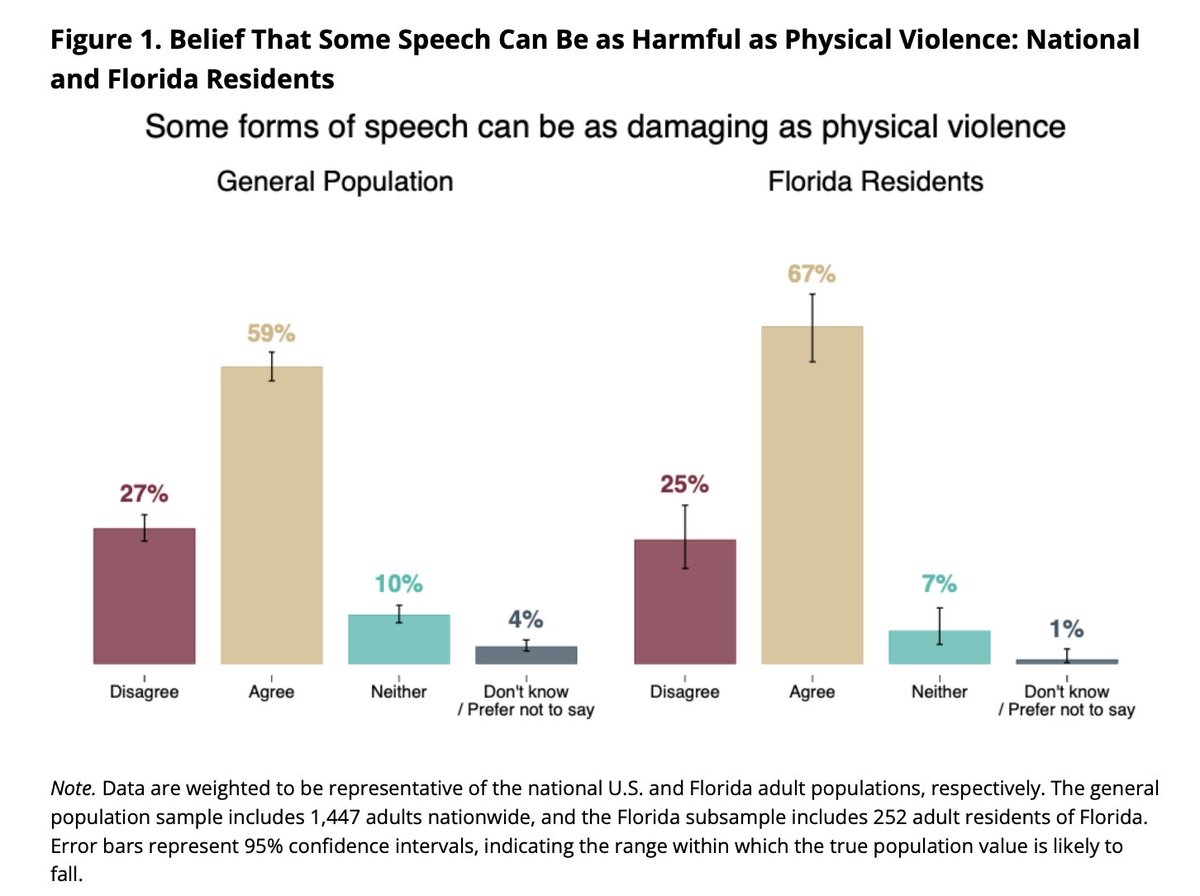1/n Someone asked me to compile these data, but I'll share them here as well: top 10 unarmed (i.e., no lethal weapon found) white vs. black deaths at the hands of police in terms of ProQuest news article search results 

2/n Had to create separate graphs because a single graph would have obscured the bars for white victims (as below) 

3/n I have the data for ALL unarmed black and white victims, so I'll probably write up an analysis via substack in the coming weeks
4/n Note: search results run from date of incident to November 12, 2021
5/n Previous analysis (using the WP database) for those that are interested
https://twitter.com/ZachG932/status/1270824175725350914?s=20
• • •
Missing some Tweet in this thread? You can try to
force a refresh













